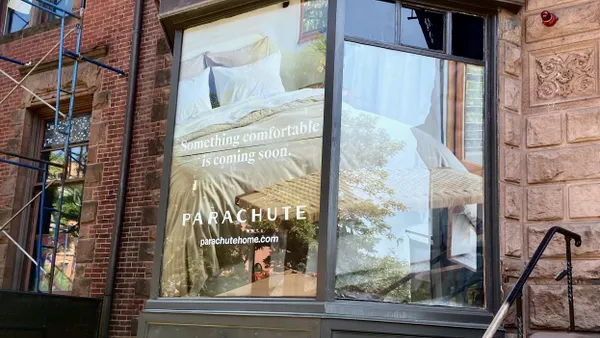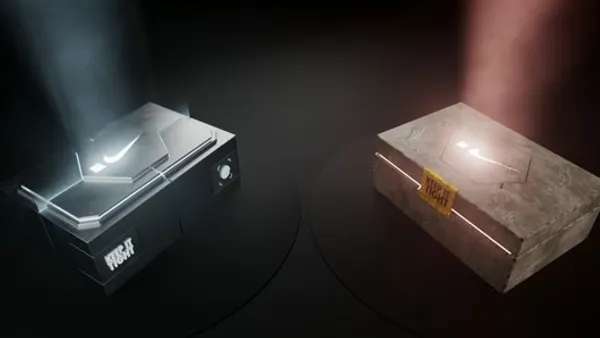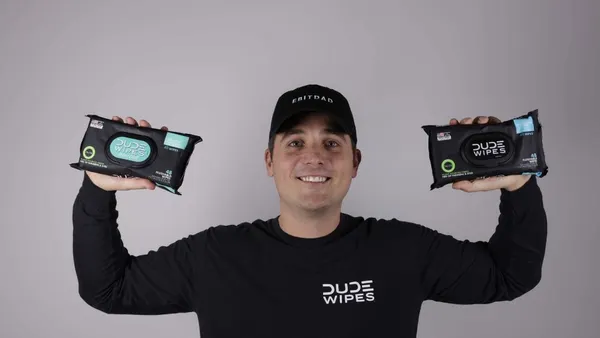LAS VEGAS — Despite concerns that Target’s online growth is cannibalizing its brick-and-mortar store sales, Chairman and CEO Brian Cornell contends that physical and digital activity are in fact working in tandem to drive the next phase of the retailer’s evolution.
“Our stores are driving digital growth,” Cornell said during a Monday keynote at the Shoptalk 2017 conference, noting that Target stores now fulfill close to 55% of all online orders. “About 50% of Americans live less than four miles of a Target store. That’s a huge competitive advantage. We’re turning our stores into fulfillment centers — we can ship twice as fast, and dramatically reduce costs compared to traditional [distribution centers].”
Target earlier this month unveiled a series of initiatives designed to reverse its same-store sales declines, earmarking more than $2 billion of capital in 2017 and more than $7 billion over the next three years to resuscitate and revamp the in-store experience. In addition to building more than 100 small-format urban stores over the next three years, Target will overhaul dozens of existing locations using aspects of its LA25 concept store that have tested well; it also plans to open a next-generation prototype in Houston later this year, complete with new shopper experiences and amenities as well as new department layouts and other innovations.
“We’ll take what we learn in Houston, and that will guide us as we reopen hundreds of stores,” Cornell said. “We’re investing in stores to give customers every reason to shop. We’re turning them into showrooms designed to inspire guests. Our guests like to shop, they love that sense of discovery, and they expect an elevated experience. We need to give it to them.”
Target on Monday announced its small-format store expansion efforts will include a two-story, 43,000 square-foot location in Manhattan’s Herald Square, close to Macy’s fabled flagship location. Asked by CNBC Reporter Courtney Reagan whether Target is “going after Macy’s,” Cornell responded: “We’re going after market share. We’re investing to win, and winning is all about market share. Herald Square I expect will be one of our best small format stores.”
Target is also investing in product differentiation, pledging to roll out a dozen new exclusive brands over the next two years, employing the research and design approach used for its new Cat & Jack kids apparel and Pillowfort kids home decor brands. Cornell said the new brands will represent $10 billion in product, with merchandising and marketing closely integrated across the physical and digital channels.
“The future of retail is digital, but people will also be shopping in stores for a long, long time,” Cornell said. “Consumers want us to pull the swim lanes out altogether. To them, it’s all the same pool. People will shop the way they want. Our job is to be agile, offer rich experiences and let [customers] own it on their own terms. If we don’t, someone else will.”












